Geelong is a city that was built on manufacturing, and the Ford factory has been a large part of it since it commenced operations in 1925. Protected by tariffs on imported cars, Ford continued to grow their local operations after World War II, as increasing prosperity allowed every average Australian to put a car in their driveway.
But change was in the wind, when in the early 1980s the Motor Industry Development Plan (aka the ‘Button plan’) exposed the local manufacturers to compete on the world stage, leading to widespread job losses at car manufactures across Australia, but especially at the Ford factory in Geelong.
Back in 2003 Ford announced the closure of one of their Geelong factories – the chassis plant located on Princes Highway, next door to Cowies Creek – a news article from that period:
$100 million makeover for Ford site in Geelong
By Hugh Martin
October 2, 2003The 15-hectare site fronting the Princes Highway has been sold for about $20 million to development consortium Quay Development Corporation, which includes Geelong Football Club president Frank Costa’s group of companies, the Victor Smorgon Group and Jack and Robert Smorgon’s Escor Group.
The project will be called Bay City Promenade.
The centre is expected to be completed in 2006 and will provide more than 1500 jobs in an area that has experienced few benefits of a strengthening regional economy.
However, Mr Costa said the proposal would not result in job losses at Ford, with the company redeploying its 60 staff at the plant before decommissioning it next year.
The centre is to be developed in two stages, with a 27,000 square metre retail centre, hotel and tourist centre to be built first.
A 25,000 sq m office and call centre component will be built in line with a health services centre, which is expected to complement the region’s second-largest employment sector.
As for the proposed property development on the site, nothing much happened over the next few years, as the local council refused to give planning permission for the project.
By the time 2007 rolled around, I had realised that the factory was sitting there empty, so I wandering in through an open gate, and took a look around. Inside the factory floor was empty, the machinery all gone.
It was obvious that I was not the first person to go for a wander around inside: discarded insulation from electrical cables covered the floor, indicating that copper thieves had already stripped the plant of their loot.
However the garden variety vandal had yet to discover the factory: the walls were as clean as the day Ford closed the doors.
As for the fabric of the building, it had not fared so well: holes in the roof has begun to leak water to the concrete floor below.
One odd feature of the factory floor was the toilet blocks located on a mezzanine floor: making it easier for workers to take a leak without needing to hike over to the main locker room.
Along the western side of the factory floor were a number of other rooms: a sick bay.
Offices for management.
Cafeteria.
And a locker room.
In the locker room I found an uncompleted survey form dating back to November 1991, asking Ford employees how confident they felt in the company during what was a period of massive restructuring.
A staircase lead up to the roof, so I took a wander up there as well.
There I found a number of abandoned 22,000 volt substations that once powered the factory.
Despite the copper wires having been stolen, much of the switchgear was still in place.
From the massive size of this fuse, messing around with the wiring while live would be extremely messy.
Outside the main building was another collection of interesting equipment: this time the filtration plant for the coolant system that was once connected to the entire plant of machinery.
So what happened to the site?
Back in October 2003 a redevelopment proposal for the site was announced:
$100 million development for Geelong
3 October 2003A two tiered deal reported to be worth $10 million between the Ford Motor Company and Quay Development Corp, saw the latter acquire 15 hectares on the Princess Highway at Geelong. The site is set to house a $100 million development named Bay City Promenade.
The deal has reportedly seen an initial transaction of $7 million, with a further $3 million to be paid to Ford subject to approval for rezoning. Quay Development Corp a consortium made up of Frank Costa and two Smorgon family groups expect to realise a 9% yield on completion.
The proposal includes 25,000 sq m of commercial space, 17,000 sq m of bulky goods retail, a hotel and health care facility. If the development goes ahead it will see a move away from the areas predominantly industrial uses to that of commercial/retail.
However it took until 2006 for the developer to submit a combined Planning Scheme amendment and planning application to the City of Greater Geelong, who reviewed it at a council meeting held on May 24, 2005. The end result was a decision to support the preparation and public exhibition of the proposal – the minutes of the meeting say the following:
Proposed Homemaker Centre and Rezoning Application – 455 Melbourne Road, North Geelong
24 May 2005Cr Saunderson moved, Cr Dowling seconded –
That Council:
- having considered any significant environmental effects, the effects of the environment on the future development of the land and any social and economic impacts resolves to support the preparation and exhibition of an amendment to the Greater Geelong Planning Scheme to rezone lots 4 and 5 and part lot 6 PS511550P, 455 Melbourne Road North Geelong, from Industrial 2 Zone to Comprehensive Development Zone and associated schedule changes and incorporation of a Comprehensive Development Plan subject to the authorisation of the Minister for Planning being obtained; and
- agrees to consider the application for a planning permit for the development of a homemaker centre concurrently with the preparation of the proposed amendment in accordance with Section 96A of the Planning and Environment Act 1987 and that a draft Planning Permit be prepared for exhibition with the amendment.
- not place the amendment and permit on exhibition until such time as traffic issues are resolved to the satisfaction of VicRoads and the responsible authority.
Presumably the traffic issues listed were dealt with to the satisfaction of the council, as in August 2005 the public was invited to view and comment on the proposal (media release), with submissions closing at the end of December 2005.
A total of 38 submissions were received regarding the development, of which 26 objected to it. As a result at a council meeting on June 27, 2006 the City of Greater Geelong decided to submit the proposal to an Independent Panel appointed by the state Minister for Planning – the minutes of the meeting in question:
Consideration of Submissions – Planning Scheme Amendment C98 Melbourne Road, North Geelong
27 June 2006Cr Macdonald moved, Cr Dowling seconded –
That Council having considered all submissions to Amendment C98 to the Greater Geelong Planning Scheme resolves to:
- request the Minister for Planning to appoint an Independent Panel under Part 8 of the Planning and Environment Act 1987;
- refer all submissions to the Independent Panel; and
- submit to the Independent Panel its response to the submissions as outlined in this report and Appendix 1-1.
It also gave further detail of the development proposal:
The subject land is a 15.19ha parcel of land located at the southern end of the existing Ford manufacturing complex on the Princes Highway at North Geelong from the current Industrial 2 zone to a Comprehensive Development Zone (CDZ). The subject site comprises the existing Ford Chassis Plant (to be partly demolished), two galvanized iron sheds, carpark area, grassed embankment and landscaped reclaimed area which falls north to Cowies Creek and a 1.8ha area used for parking immediately to the north of Cowies Creek.
- A ‘homemaker centre’ which comprises “big box” retail outlets (generally ranging from 1000m2 in area to 3400m2) that specialise in the sale of homewares, furniture and furnishings, hardware and related building products (Bunnings) comprising of 39,930m2 of peripheral retail floor area. Other allied activities including storage and convenience sales bring the total combined floor area to 40,845m2. A Draft Planning Permit No. 1701/2004 provides for the approval of this component.
- A ‘business park’ which comprises two free standing office buildings (nominally 6,920m2) geared to providing for specialised, high parking demand office activities such as call centres or associated with major industrial operations (i.e corporate headquarters).
The proposed development application (No 1701/2004) comprises the following elements:
- 15 retail restricted retail premises located in 3 buildings including part of existing plant building) with a total leasable floor area of 28,830m2
- 1 trade premises (Bunnings) with a total leasable floor area of 10,300m2;
- A restaurant and convenience shop building (425m2 LFA);
- An existing building to be used for storage (490m2 LFA);
- 1350 car parking spaces;
- 2 signal controlled entries aligned with Cowie and Collopy Street intersections;
- 4 pylon (open framed) signs;
- Peripheral site landscaping including an environmental management zone along Cowies Creek alignment and some site excavation and filling.
Following an 11 day hearing in October and November 2006, the Independant Panel recommendated that the development not go ahead in a report to Council dated December 2006:
For the reasons outlined in this report, the Panel appointed to consider Amendment C98 to the Greater Geelong Planning Scheme and Planning Permit Application No 1701/2004 makes the following recommendations:
- That Amendment C98 to the Greater Geelong Planning Scheme be abandoned.
- That no permit be issued for Planning Permit Application No. 1701/2004.
The City of Greater Geelong agreed with the panel, with the minutes of the June 12, 2007 council meeting stating the following:
Amendment C98 – Hometown – Consideration of Panel Report
12 June 2007Cr Dowling moved, Cr Farrell seconded –
That Council:
- abandon Amendment C98 to the Greater Geelong Planning Scheme; and
- not issue Planning Permit Application 1701/2004.
With the proposal rejected by council, it was back to the drawing board for developer Quay Development Corporation. The Global Financial Crisis did not help matters, with parent company City Pacific starting a spiral towards collapse in March 2008, only to be forced into receivership in August 2009.
The end of the line came in February 2010 when the site was offered for sale by commercial real estate firm CBRE:
City Pacific liquidator instructs CBRE to sell iconic Geelong site
25 February 2010One of Geelong’s last key gateway sites has been listed for sale on behalf of City Pacific liquidator Armstrong Wily. CB Richard Ellis has been appointed as the exclusive selling agent for the former Ford chassis component plant, under instructions from Armstrong Wily liquidators David Hurst and Andrew Wily. The substantial 309-343 Princes Highway property was formerly owned by City Pacific subsidiary Quay Development Corporation. The Geelong property is being offered for sale via Expressions of Interest, with a deadline closing date of Thursday 8th April, 2010. The campaign will be steered by CBRE agents Dean Hunt and Tom Haye.
After sitting on the market for over a year, a buyer was found in September 2011 – local carpet manufacturer Godfrey Hirst:
Godfrey Hirst buys old Ford plant
15 September 2011Local carpet manufacturer Godfrey Hirst is planning to expand into the old Ford engine plant. It is understood the company bought 309 to 341 Melbourne Road earlier this year before applying to the City of Greater Geelong for a permit to accommodate carpet manufacturing there.
Godfrey Hirst has since moved into the empty warehouse, refitting the interior for their needs, and apparently annoying the neighbours with a dull rumbling noise:
EPA ‘silent on noise’
John Van Klaveren
19 October 2012Nothh Geelong and Rippleside residents are frustrated at EPA inaction over their long-standing noise complaint.
A neighbours group of more than 20 residents says it has been working with the agency for more than 12 months to rectify the “deafening” noise.
She said the main noise culprit appeared to be a Godfrey Hirst factory in Corio Quay Road.
I guess the death of Australian manufacturing has been overstated.
Sources

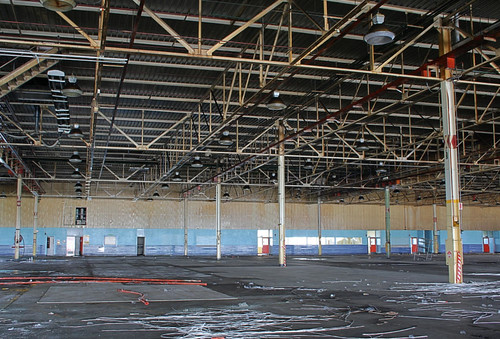
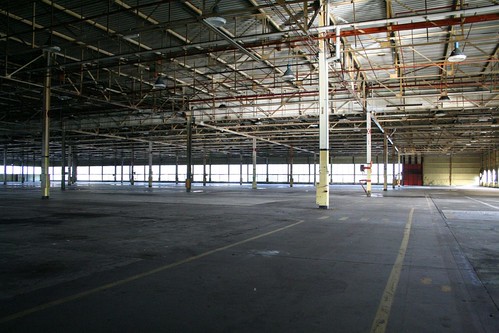

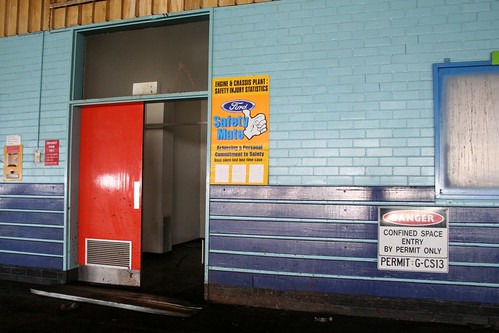
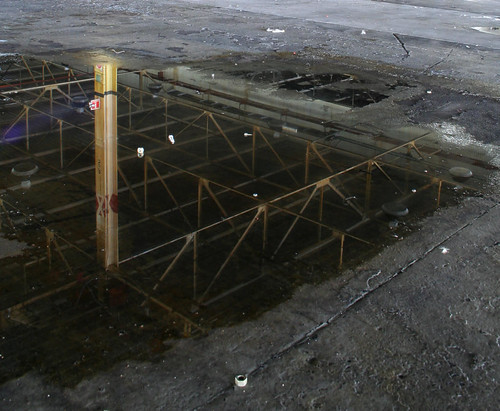

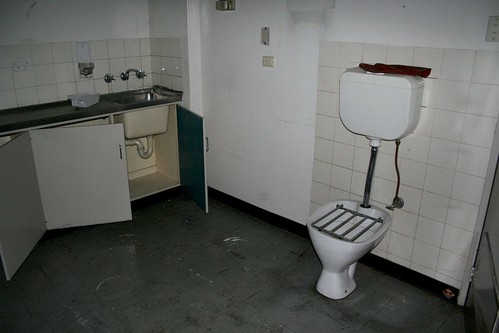
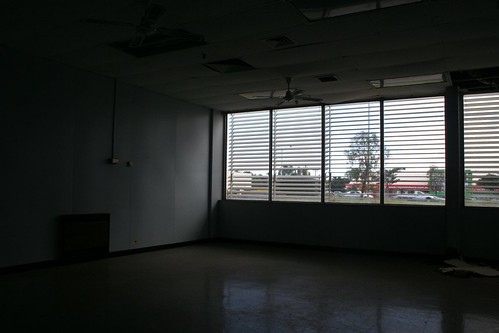
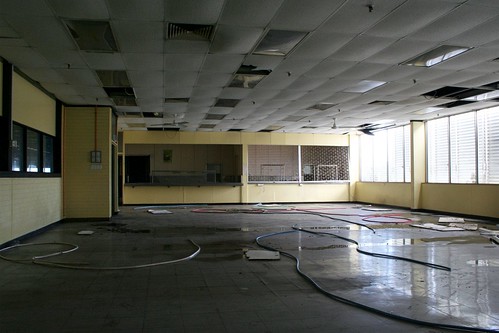
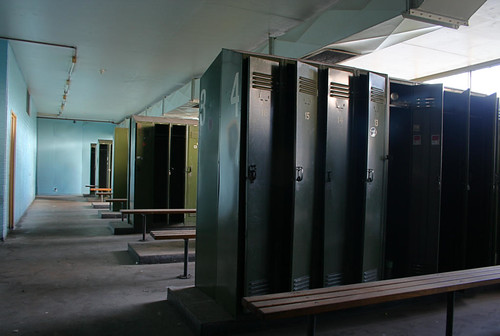
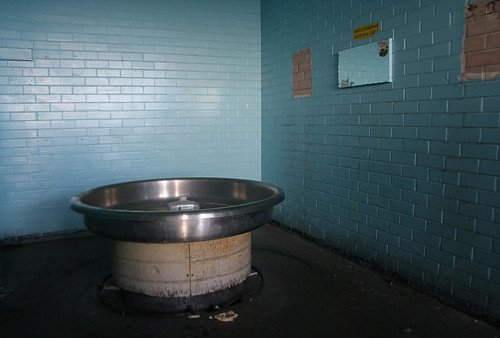

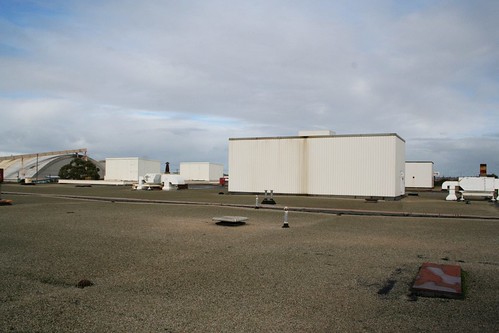
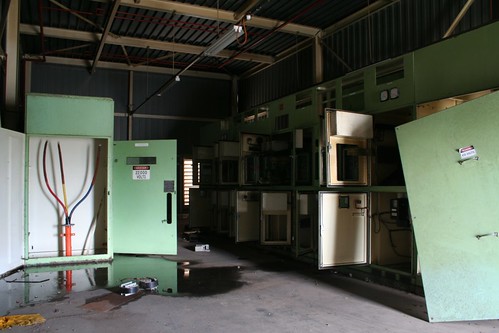

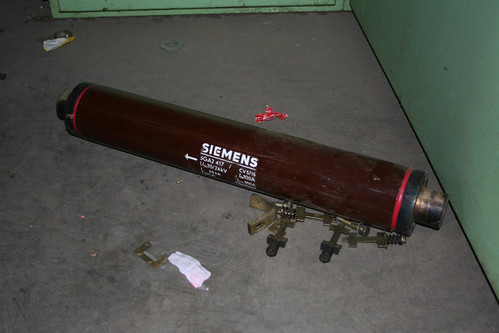
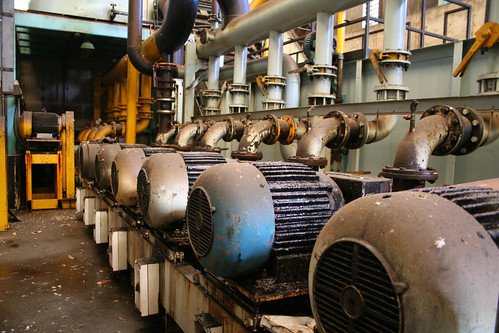


It’s hard to believe that anything can become more refined by sending it to Geelong.
Spoken like a true city person.